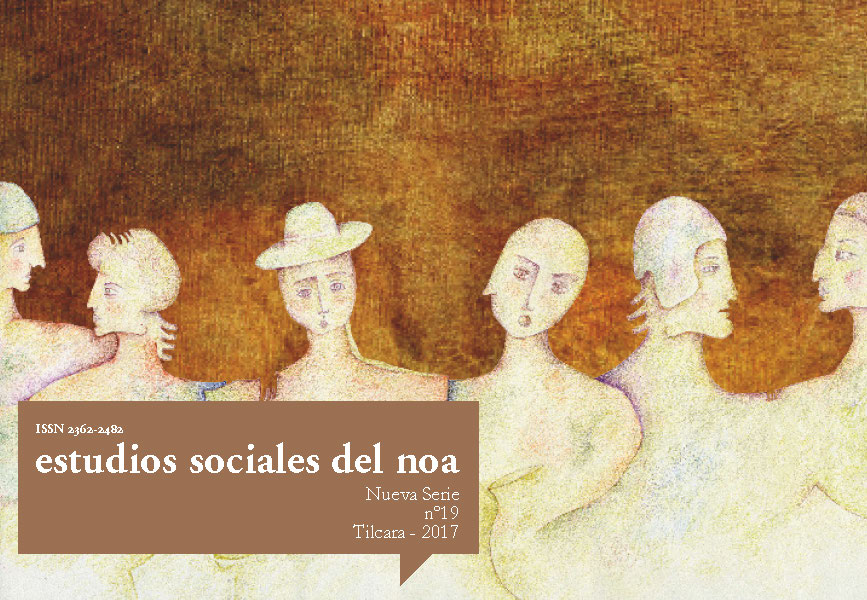La “hechicera” María Bartola Paxsi y su mundo religioso (Tapacarí, fines del siglo XVIII)
Abstract
El artículo presenta una reflexión sobre las prácticas religiosas indígenas en Tapacarí (Cochabamba) a fines del siglo XVIII considerando un caso particular catalogado como “hechicería”. Se asume como punto de partida que en lo que las autoridades coloniales consideraban nada más que “supersticiones” y “hechicerías”, en realidad se estaba manifestando una religiosidad que sobreponía y articulaba ambivalentemente, y no pocas veces de forma contradictoria, las tradiciones cristianas y las prácticas religiosas andinas. Bajo esa argumentación, se discuten estas formas congruentes y discordantes presentes en la ritualidad indígena que caracterizaron una arista de la religiosidad andina colonial.Downloads
Authors who publish in this journal accept the following conditions:
- The authors or translators retain the copyright and assign to the journal the right of first publication, with the work registered under the Creative Commons Attribution-NonCommercial-ShareAlike 4.0 International, which allows third parties to use what published as long as they mention the authorship of the work and the first publication in this journal.
- Authors may enter into other independent and additional contractual agreements for the non-exclusive distribution of the version of the article published in ESNOA (eg, include it in an institutional repository or publish it in a book) as long as they clearly indicate that the work was first published in this journal.












